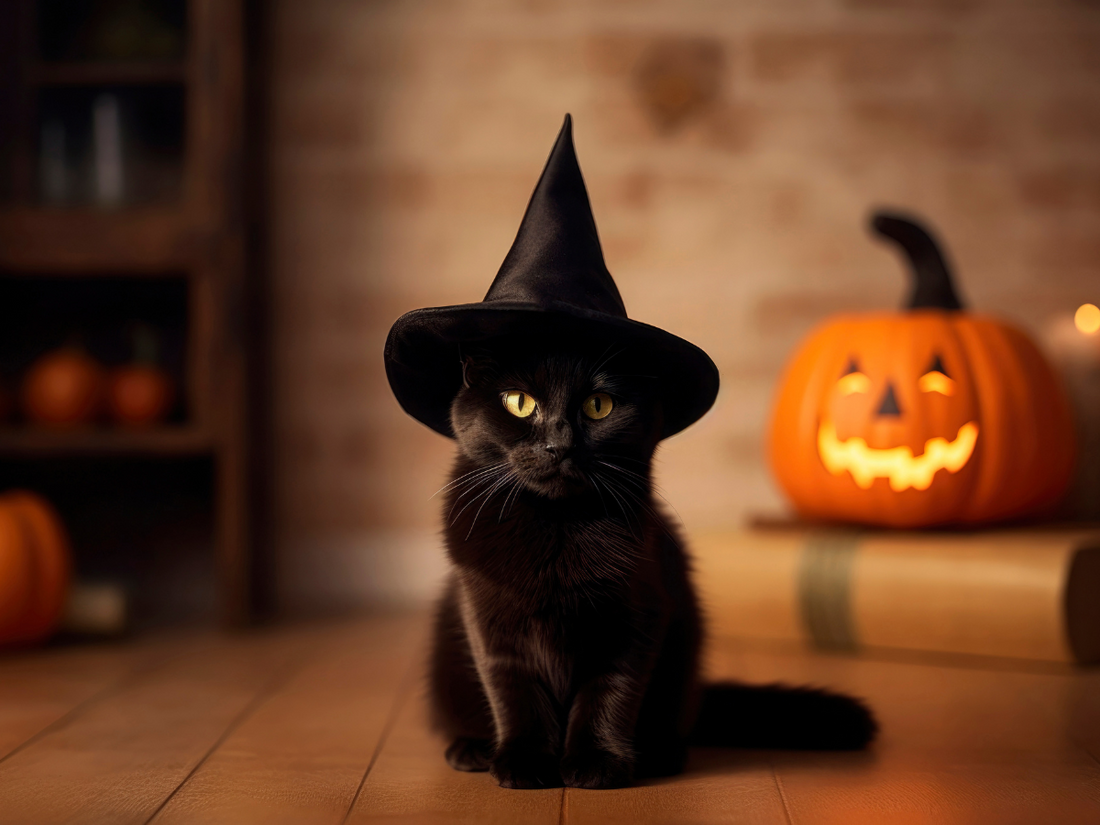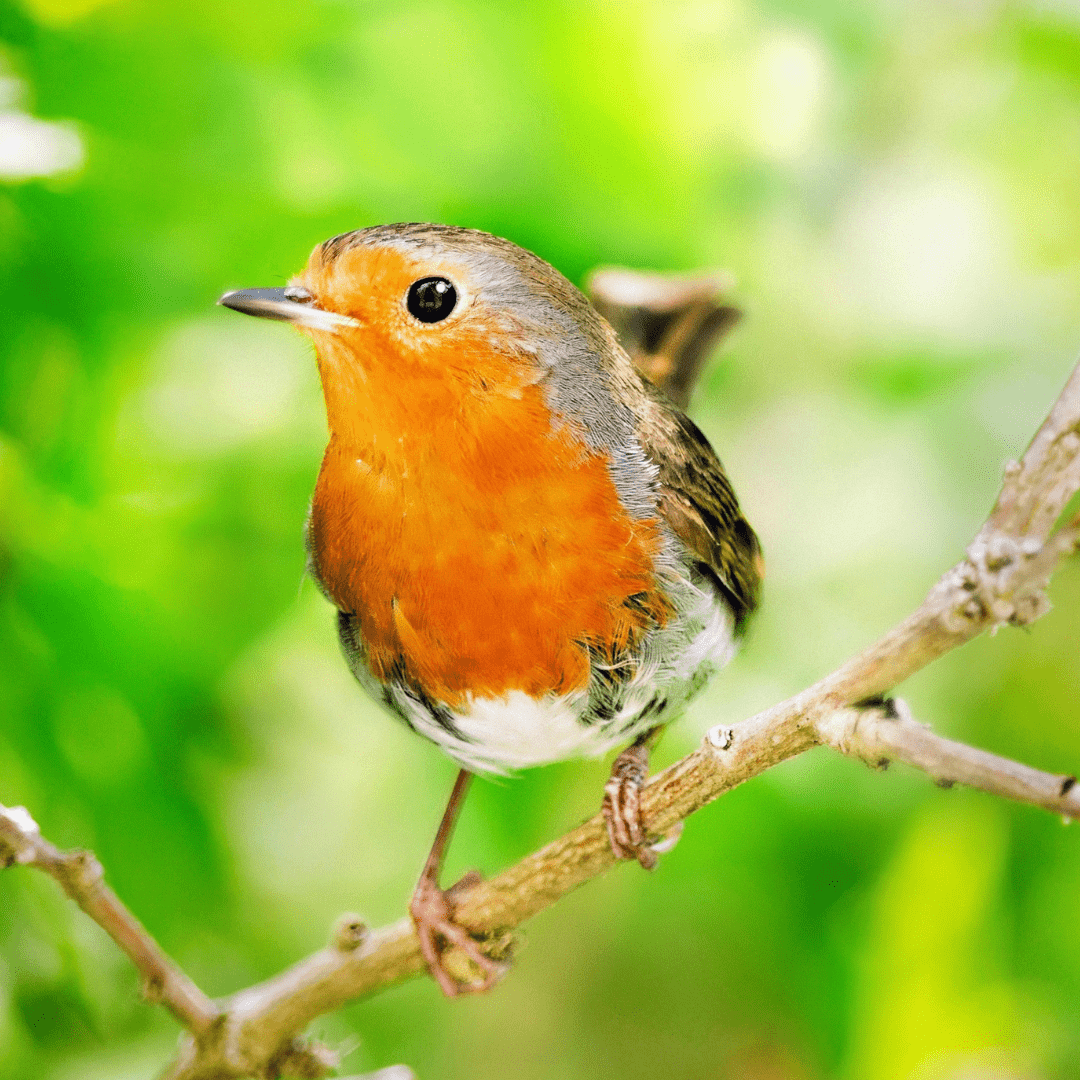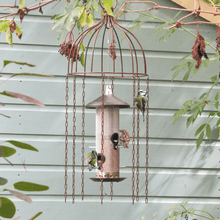Animal superstitions - from black cats to magpies

Many superstitions derive from how people observe and interpret animal behaviour, connecting certain actions to omens or signs. In cases where animals inspire fear or remain mysterious, superstitions may develop as a way to cope with or understand that fear. Animals also play significant roles in folklore, legends, and religious beliefs, which contribute to the creation of superstitions linked to them.
"Good morning, Mr Magpie!"
Magpies, easily recognisable by their black and white appearance and noisy calls, have played a role in superstitions and folklore since Greek and Roman times. According to “Britain’s Birds” by Jo Woolf, the magpie is known the world round to be an evil omen. In Germany and Sweden, there was a belief that witches and sorcerers shape-shifted to turn into magpies, and in Scotland it was believed that the magpie had a drop of the devil’s blood on its tongue. One well-known belief involves the poem, “One for sorrow, two for joy,” which has regional variations around the country. This superstition suggests that the number of magpies you spot can predict your luck - if you see a single magpie, it’s seen as a sign of sorrow, while two are considered a sign of joy. To ward off the bad luck linked to a single magpie, the options were to draw the sign of the cross, doff your hat or greet it with phrases like “Good morning, Mr. Magpie” and the best option was believed to be to spit at the bird! In Cornish folklore it was thought you could ward off bad luck associated with magpies if you carried an onion in your pocket. In certain areas, magpies are also connected with death or bad omens, and hearing a magpie’s call can be seen as a warning of impending bad news or a death. Magpies are also (incorrectly) seen as thieves, unable to resist the urge to steal shiny objects, and the term “magpie” is given to someone who hoards pretty things for no reason. However, it is thought that magpies were once seen as useful and the object of affection. They were kept alongside poultry so that their chattering could sound a warning when birds of prey came near, and in Scotland a magpie hopping near the home predicted good news from afar - the fact they are referred to collectively as a tiding suggests they haven’t always been seen as evil omens. They are intelligent and social members of the corvid family - it’s just a shame about their bad reputation!
Black Cats
Black cats have been surrounded by superstitions for centuries. In ancient times, black cats were often associated with witches and the supernatural and in mediaeval Europe, they were thought to be witches’ familiars, companions to those believed to possess dark powers, and American culture perpetuates the legend today. It was thought that you could avoid bad luck from a black cat crossing your path by walking in a circle, going backwards across the spot where you crossed paths with the cat, and counting to thirteen. But as we all know, these beliefs are all based on old misunderstandings and myths. As Groucho Marx said “A black cat crossing your path signifies that the animal is going somewhere.” Black cats are just like any other cats; they don’t have magical powers, and unfortunately, the black cat’s bad reputation makes them less likely to be adopted from animal shelters which is a real shame. In some cultures, black cats are seen as symbols of protection and good luck. For example, in Celtic stories, they were thought to bring good fortune and keep away bad spirits. In Japan, they were seen as charms against getting sick. And in ancient Egypt, black cats were important and were connected to a goddess who looked after homes and families. They were adorned in golden jewellery and mummified with their owners who couldn’t stand to be parted from their pets. In maritime culture, sailors looking for a ship’s cat to deal with rodents would choose a black cat to bring them fair weather, and it was believed that if a fisherman’s wife kept a black cat, her husband was more likely to return safely from the sea.
Superstitious Swallows
Swallows are regular visitors to the UK and often associated with sunny times, hope, renewal, and good fortune. In many parts of the world, the first sighting of a swallow is eagerly awaited, as it is believed to mark the end of winter and the beginning of warmer, more fruitful times. This belief is rooted in the migratory patterns of swallows, as they tend to arrive in northern regions as the weather turns milder. In some cultures, swallows are also seen as symbols of love and fidelity, which may have originated from the knowledge that swallows often mate for life and return to the same nesting sites year after year. Swallows are also thought to bring good luck and seen as protectors of clear skies and calm weather,
and in parts of Europe it was believed that killing a swallow would bring misfortune and storms. In some cultures, such as in ancient Greece, it was even considered sacrilegious to harm a swallow, as they were associated with the goddess Aphrodite. Swallow tattoos were a common choice among sailors and were often inked on the chest or hands before setting out on a long journey. These birds are known for their incredible navigational skills, as they can traverse long distances and always find their way back to their nesting sites. This trait of the swallow made it a symbol of hope and the promise of safe returns for sailors setting out to sea. Swallow tattoos can also signify specific nautical milestones. For example, a sailor with a single swallow tattooed on his chest may have crossed the equator, while two swallows may indicate a journey around the treacherous Cape Horn. The significance of these tattoos could vary by region, but the general idea was to mark a sailor’s experiences and adventures at sea.
Ravens
Ravens, with their intelligent and often mysterious presence, have earned a reputation for both dark omens and wisdom. Thanks to their dark plumage and eerie croak, one of the most common superstitions surrounding ravens is their association with death and the supernatural. In many cultures, ravens are seen as omens of impending doom, often linked to their presence on battlefields, cemeteries, or scenes of tragedy. In Norse mythology, ravens were associated with the god Odin, who was known for collecting the souls of the fallen in battle. Ravens are also closely associated with the Tower of London. Legend has it that if the ravens were ever to leave the Tower of London, disaster would befall the kingdom. This superstition is so deeply ingrained that it has led to a long-standing tradition of keeping captive ravens within the Tower’s grounds. To prevent these prophesied catastrophes, the Tower of London has maintained a strict policy of keeping at least six ravens within its walls. These ravens are not only well cared for but also have their wings clipped to ensure they stay on the grounds. Each raven is given a name and the status of a cherished ward of the Tower, and the Ravenmasters have the responsibility of tending to these birds. In contrast to their ominous image, ravens are also regarded as symbols of wisdom and insight. The Native American Haida people, believe that the raven is a bringer of light and knowledge, stealing the sun and giving it to the world. In some Native American cultures, the raven is seen as a clever trickster figure with the ability to transform and shape-shift. Ravens have also been associated with divination and foretelling the future. The ancient Romans believed that the behaviour and calls of ravens could be interpreted to predict future events, and in some cultures, the presence of a raven was believed to be a message from the spirit world, conveying important information or guidance.
These superstitions really made me think about how closely we like to connect ourselves with the animal kingdom, and about how years ago, before the benefits of science and research, we looked for explanations in the things that went wrong in the world.


















